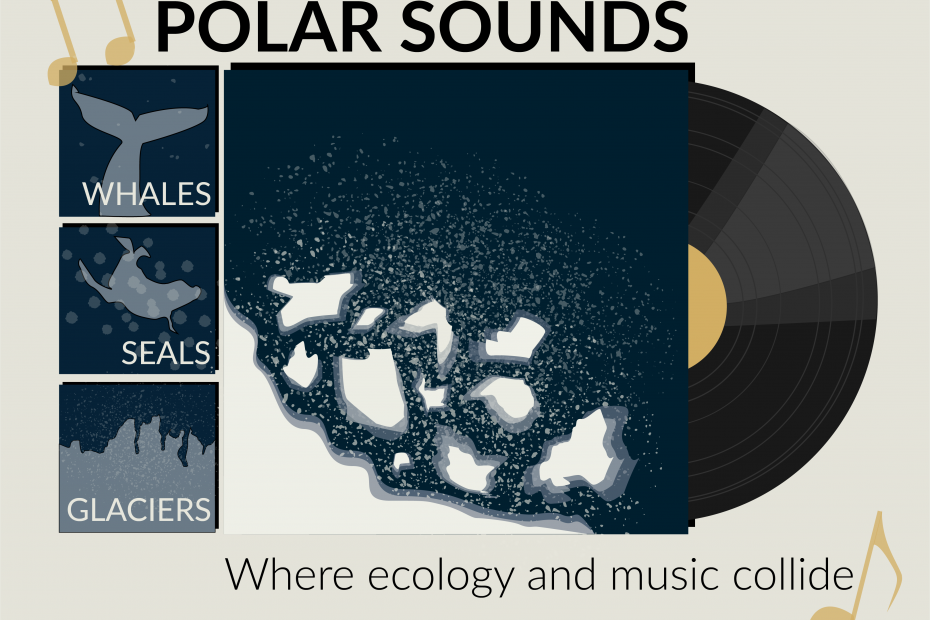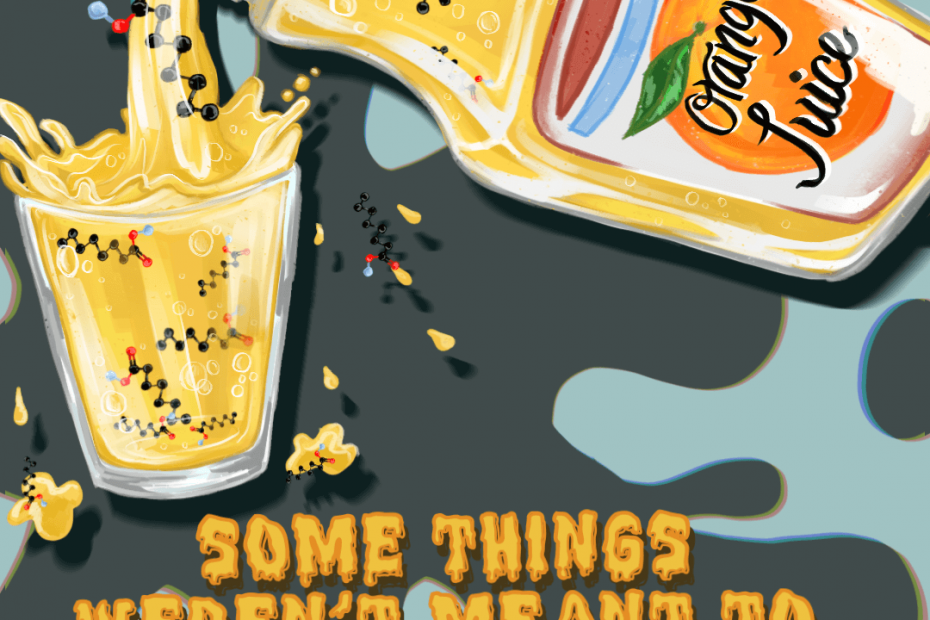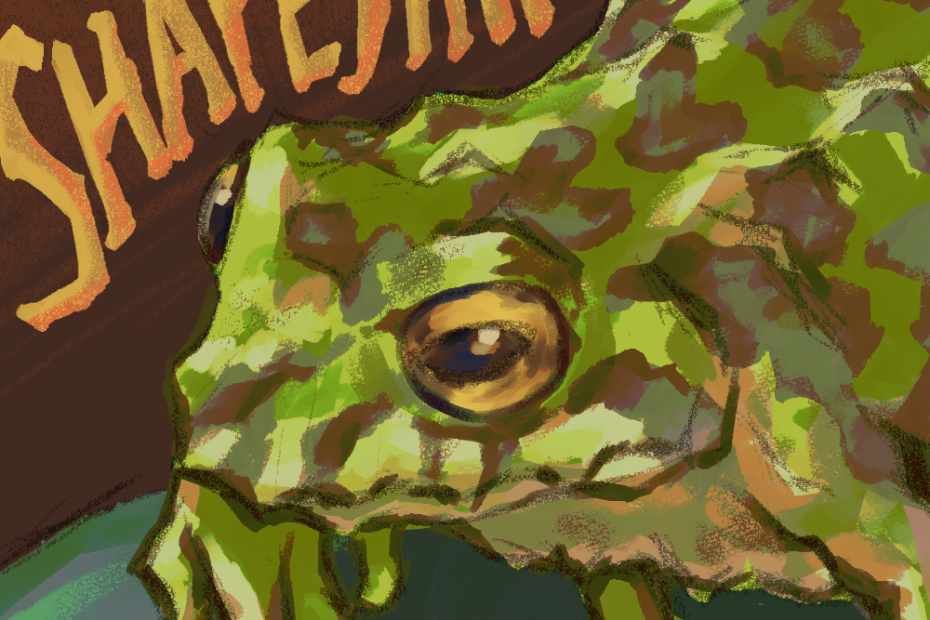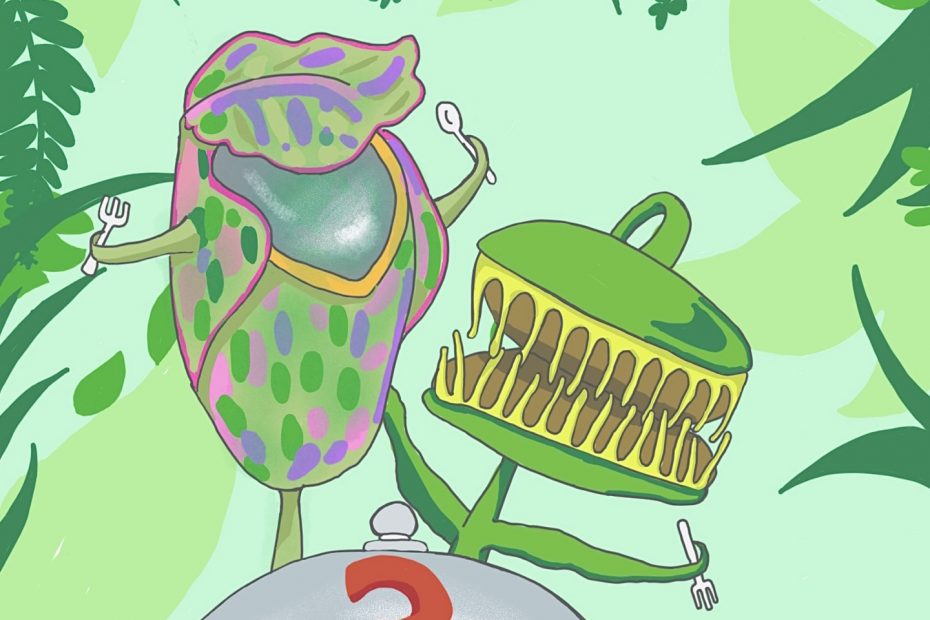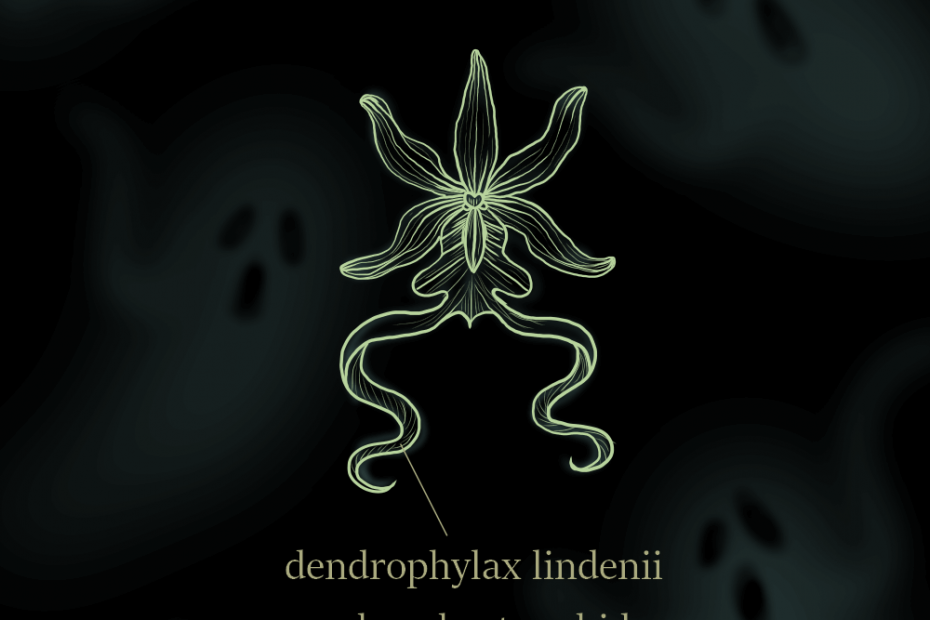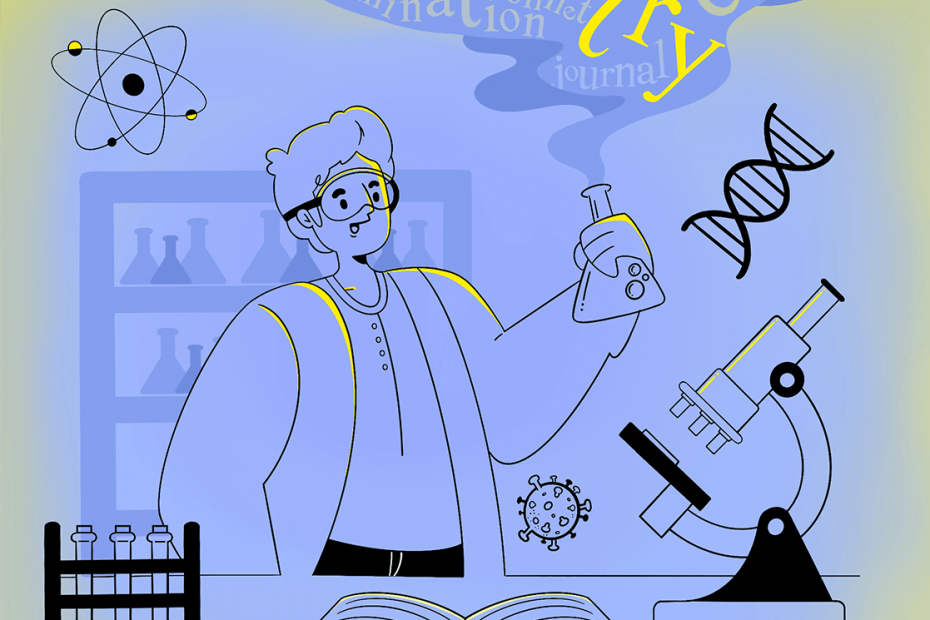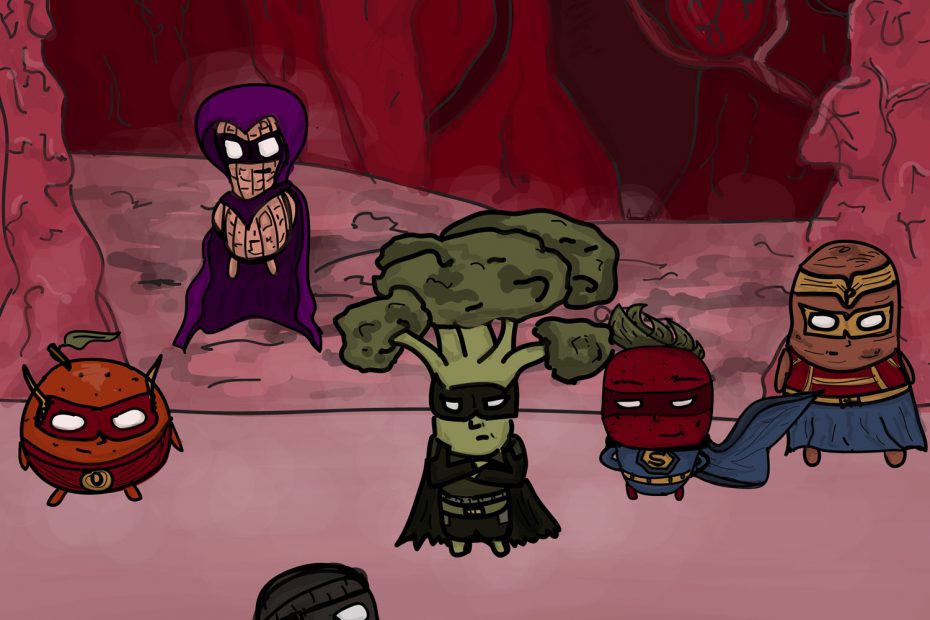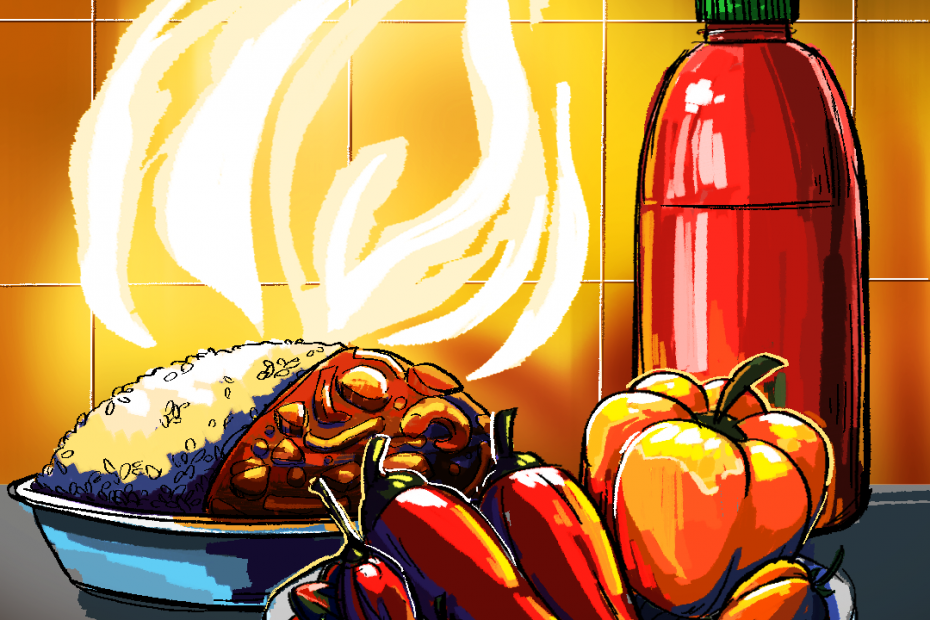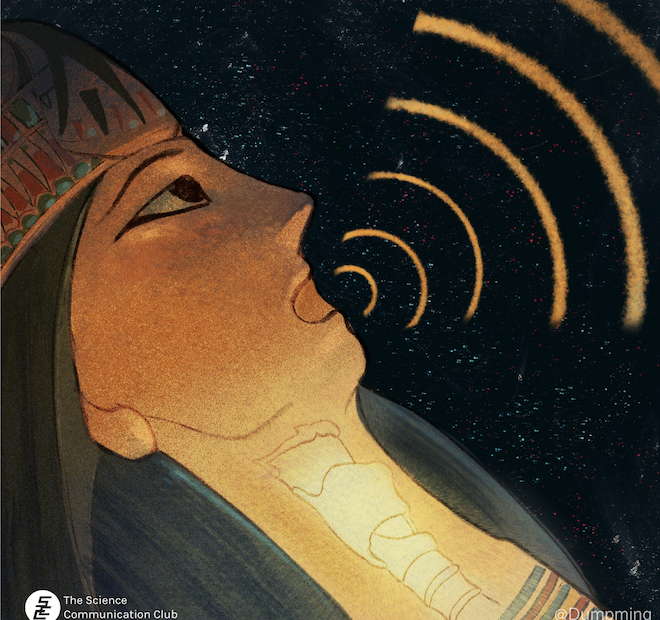Polar Sounds: The New Album where Ecology and Music Collide
Orcas and Ross seals accompanied by a violin? A bowhead whale’s call remixed as a love song? Colliding icebergs combined with synths and electric guitars? These are all songs that feature in Polar Sounds, a newly released album from the sound project Cities and Memory.
